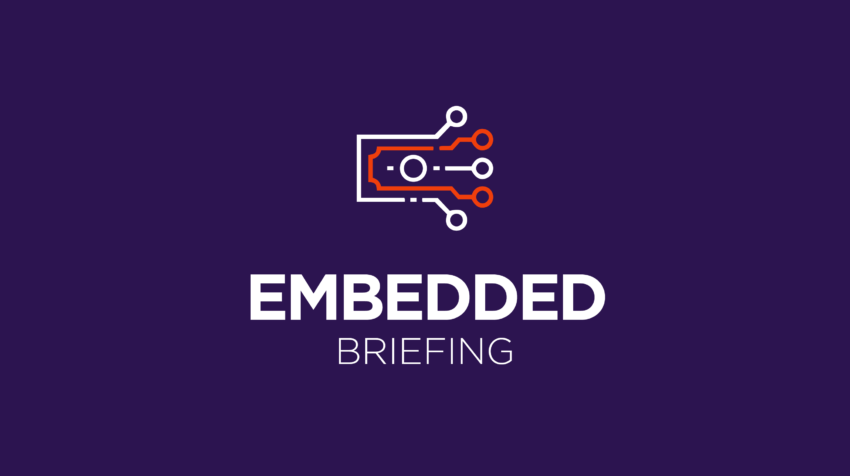Finance Everywhere, Member Exclusive
Embedded Finance Briefing: Q2 repackages its BaaS for non-banks as Helix
- Q2's Helix is geared at enabling fintechs, consumer brands, and tech companies to offer modern and personalized banking services.
- US consumers are welcoming embedded finance, with 43% of their wealth now circulating in non-traditional banking platforms.






